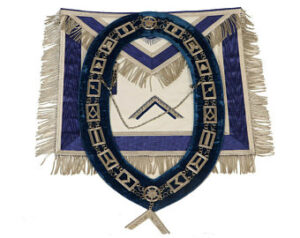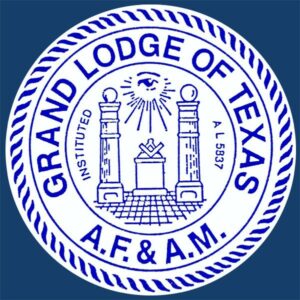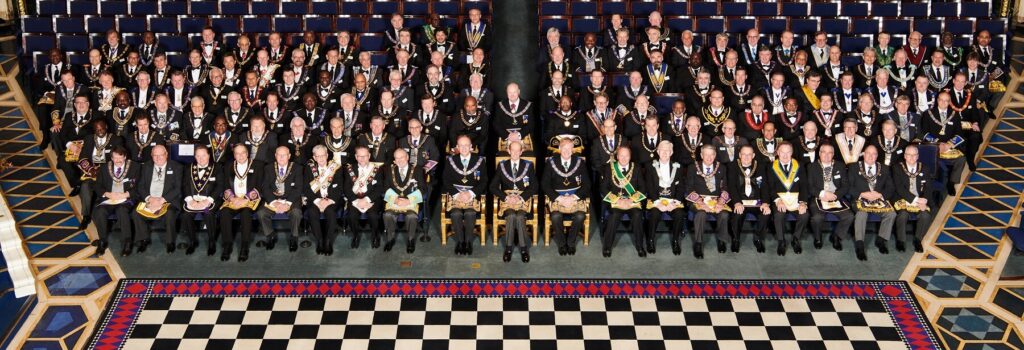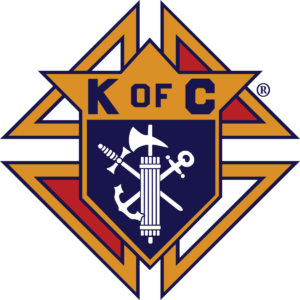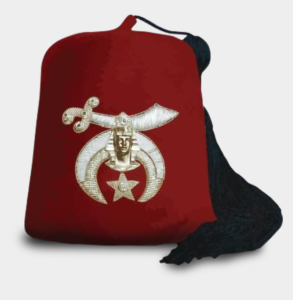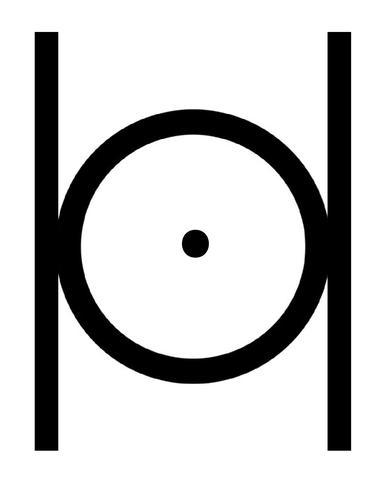Masonic organisations can be divided into appendant vs concordant bodies.
Additionally they can be divided into petitionable vs invitational organizations.
Appendant:
These are groups that Master Masons and their families can join. They offer additional degrees to increase their knowledge of Freemasonry and its principles, or simply offer opportunities for fellowship.
Concordant:
These are groups that offer Master Masons an opportunity to become more involved in Blue Lodge Masonry, without joining additional bodies. These organizations are considered Lodges, but are not able to initiate new Entered Appreciate Masons. For example Texas Lodge of Research, Tranquility Lodge 2000, and others.
Petitionable:
These are bodies or organizations that a Master Mason can apply to for membership. Examples include the Scottish Rite, Shriners, Grotto, York Rite.
Invitational:
When a Brother has served the Craft above and beyond what is accepted as usual, or has shown an interest or disposition on what the group does, he may be solicited to join one of these groups. Each has its own purposes and traditions, rules and regulations, and requirements in order to invite someone. E.g. Societas Rosicruciana, Allied Masonic Degrees, or Grand College of Rites.
